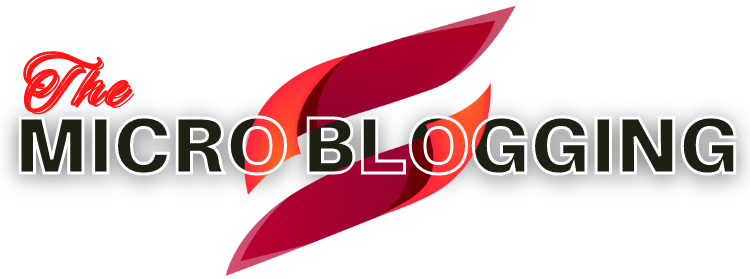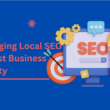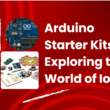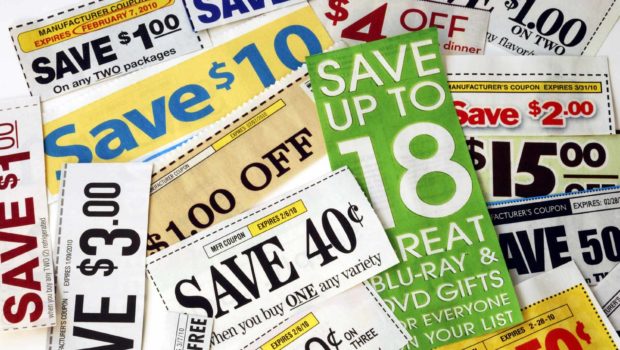Do you think “downsell” is the town where a cartoon character lives? Does “Flash Sale” sound like a superhero movie to you? And what about “tripwire”? If this is the first time you read these words, you probably do not know that they are marketing terms.
Without a doubt, the marketing world is an inexhaustible source of new marketing terms related to sales techniques and strategies.
And even if you are not an expert in marketing, just because you have an online business, you should be up to date to take advantage of all the new opportunities that arise and can help you bill more .
By now, almost all digital entrepreneurs know what a lead magnet is (and they offer one on their website), why they need a squeeze page, and what an infoproduct is .
But terms like “upsell” or “tripwire”, “MVP” or “bump offer” sound Chinese to them and they don’t know what they mean or how they can take advantage of them in their respective businesses.
And we are going to put a solution to that in this post. I am going to explain what 10 marketing terms mean that are business opportunities that you can take advantage of today .
Ready?
Well, let’s find out what these strategies consist of!
1. Upsell Or Upselling
We start the list of marketing terms talking about upselling , which consists of offering a customer a product simila
r to what they are buying but that adds more value (and, therefore, increases the purchase receipt).
For example, if you are a web designer and offer a design service from templates, you can offer an upsell that is custom web design that you can sell at a higher price.
Or if you sell a training program, a possible upsell would be the course + X individual mentoring sessions.
Upselling is a way of completing the initial offer (in which the client has already shown interest) at a higher price (and therefore, higher income in a single operation).
2.Downsell
The opposite of upsell: a product hyper-related to the product the customer is interested in, but at a lower price .
For example, if you sell a course with support, bonuses and access to a private Facebook group, you can offer the course without support and without bonuses at a lower price.
This is interesting for customers for whom the initial price prevents them from accessing the content and do not mind doing without the “extra” elements that make the price more expensive.
3. Cross-Sell
Cross-selling (or cross-selling, in Spanish) consists of offering the customer products related to the main product they are buying .
It is the typical “related products” of an ecommerce, but it can be applied to businesses of a different nature.
For example, to a client of my Blog Zen service , I can offer Sherpa Support as a cross-sell or access to Sherpa Academy .
4.Bump Offer
A bump offer (or bump offer) consists of offering the customer a complement to the product he is about to buy just before clicking the pay button ; that is, on the checkout page.
For your bump offer to work, make sure that:
- Be 100% aligned with the purchase you are about to make.
- Its price is less than 100 euros.
5. Trigger
Triggers are like adding boosters to your offer. They are elements that stimulate the desire to purchase and help improve conversions.
There is no single possible trigger, but there are as many options as there are businesses.
Broadly speaking, these are the 3 most popular types of triggers:
- Urgency Trigger: As the name suggests, your goal is to create urgency and get the potential customer to take action and buy. And for that, nothing like adding a countdown counter plugin or warning of the end of the offer in a short time (between 24-48 hours).
- Scarcity trigger: this trigger consists of limiting the number of units for sale (and expressly saying so) to motivate purchase because it creates the feeling that “they are running out”.
- Exclusivity trigger: You can also offer an exclusive bonus of great value to your client and limit their access to a certain time (for example, if they buy in the next 24 hours).
6.Tripwire
The tripwire is also known as flash offer and OTO offer ( One Time Offer ).
And it is nothing more than offering a high-quality product to your client at a hyper-reduced price .
The most common time to offer a tripwire is when they become a new subscriber, so that right after confirming their email, you present an offer that solves a problem for your customers, provides a lot of value and is at an almost symbolic price.
The objective of the tripwire is not profitability, but to take advantage of potential customers who are ready to buy and build trust with your audience.
When a customer pays a ridiculous price for a great value solution, they will think “Wow! If this is what you get me for this small amount, the premium priced services or products have to be the bomb!”
Therein lies the secret of its success. 😉
The trick for a tripwire to work is based on these pillars:
- Solve a very specific problem .
- That the client perceives it as cheap .
- That adds a lot of value . The more you exceed expectations, the better.
7. Minimum Viable Product (Mvp)
The philosophy of the minimum viable product is typical of the world of startups, but it can be applied to any digital business, whether you sell services, infoproducts, courses or physical products.
The minimum viable product (which in English is called Minimum Viable Product ) is a version of a product or service that includes enough features to satisfy the needs of the clients and allows to collect the greatest possible amount of information and learning validated directly by the market. with as little effort as possible.
That is, the PMV is a solution based on:
- The Imperfection: It includes enough minimal features to see the light of day, but it’s not perfect.
- Learning: the objective is to collect opinions from the first customers to complete, improve and polish the product for its final version.
- Minimum investment: maximum results with the least possible effort.
One of the most common mistakes made by entrepreneurs is to invest a lot of time and energy in developing a project in detail before checking if it really has an audience and market demand.
Well, thanks to the minimum viable product, instead of breaking the bank by creating an entire new course (for example) with videos, worksheets and exquisite design , it is much smarter, more efficient and more productive to create an imperfect and imperfect first version . incomplete, make a pre-sale, check if there is interest and, if there is a market, based on the feedback and testimony of your first customers, complete, refine and improve the final product .
But not before listening to your customers.
8. Beta Edition Of A Course
This marketing concept is closely related to the minimum viable product when we talk about programs, training and courses.
The beta edition is like a pilot test or trial version. In short, it is a first edition that is launched on the market so that people can try it. On the fly, the errors that are detected are corrected and the contents are finished fine-tuning.
As a general rule, the beta version has a lower price than the official price that it will have after the trial edition and is usually carried out with a limited and small number of clients .
Additionally, these early adopters are allowed access to future upgrades.
9. Sales Funnel
Also called sales funnel , it is one of the most prominent strategies in recent years in the digital business environment.
A sales funnel is a marketing strategy indicated to attract ideal clients to your business, establish a relationship of trust with them and progressively convert them into clients of your products or services .
Starting from an entry way, your potential customers unconsciously go through different stages until some of them end up buying your solutions (either once or on a recurring basis).
One part only? Yes.
It would be cool if all the people who come to your website and enter your autoresponder end up being customers, but the truth is that only part of it will go through the entire funnel.
So, do you need to increase visits to your website so that more people enter your funnel? Let’s see, if it’s quality traffic, great; But the conversion capacity of a business goes beyond capturing traffic .
As Russell Brunson says…
10. Costumer Journey
In Spanish we call it “client life cycle” .
This is one of the marketing terms that should also be known because defining the costumer journey allows us to detect the different stages that our customers go through to accompany them with solutions that meet their needs at each point where they are .
Carrying out this exercise should be a mandatory step when defining the general business strategy, because it allows you to design products or services aligned with the needs of your customers and achieve recurring sales.
It is much easier (and cheaper) to get a customer to buy from you for the second time than to attract a new customer.
As you may be imagining, knowing your ideal client by heart is a preliminary step to defining their life cycle as a client and being able to design attractive solutions for your clients and profitable for your business .
The Time Has Come To Apply These Marketing Terms In Your Business
Now that you know what each of these digital marketing terms consists of, it’s time to get to work!
These 10 marketing terms that we have seen in this article are good opportunities to complete your portfolio of services or products and increase the turnover of your business.
Which one has caught your attention the most? Which technique are you going to put into practice first? Are there other marketing words you want to know what they mean? I wait for you in the comments!









